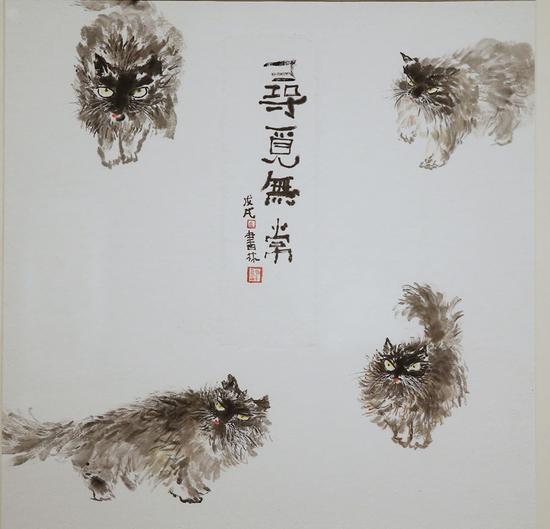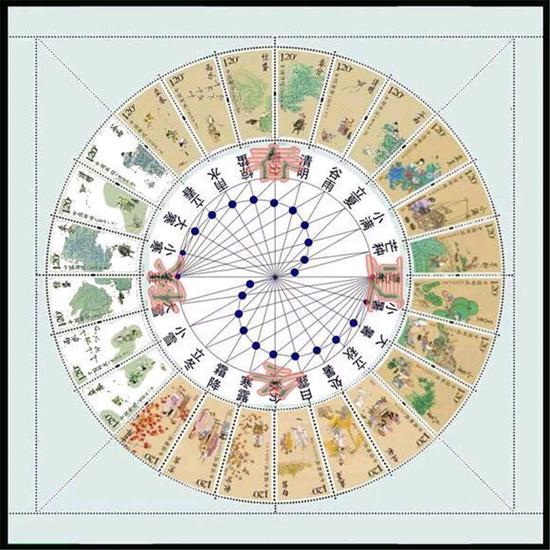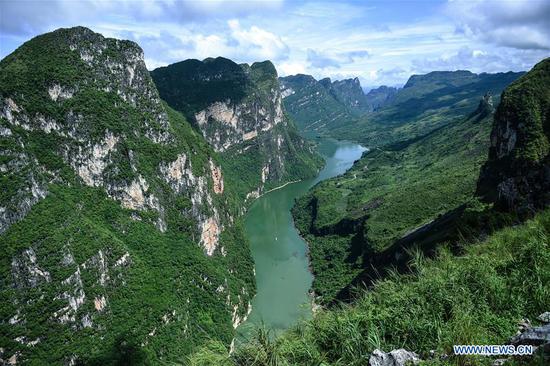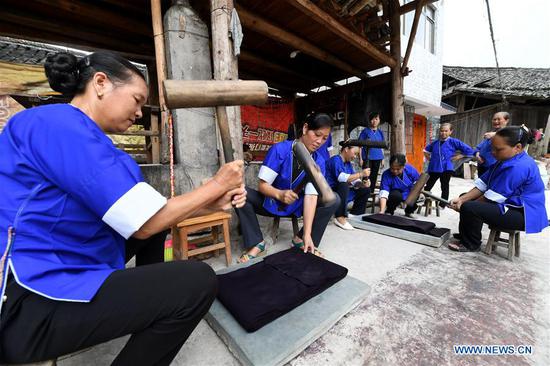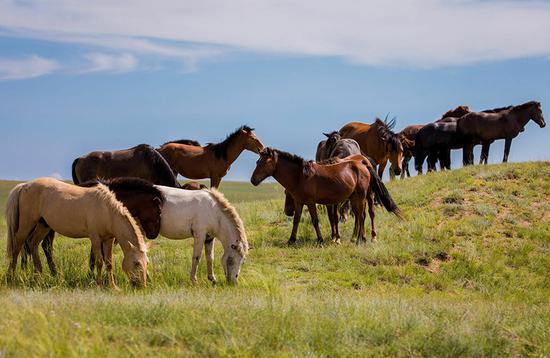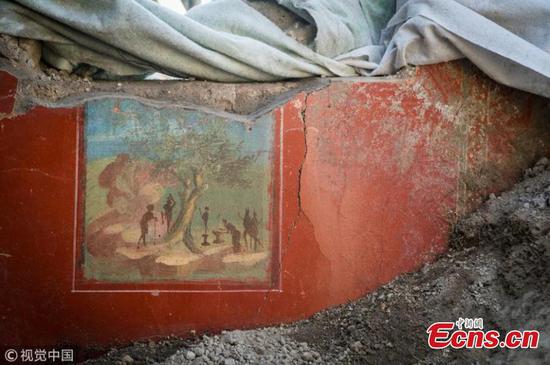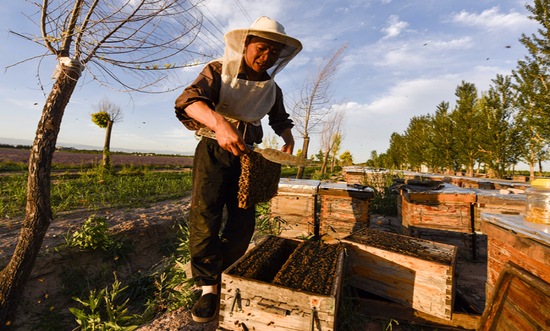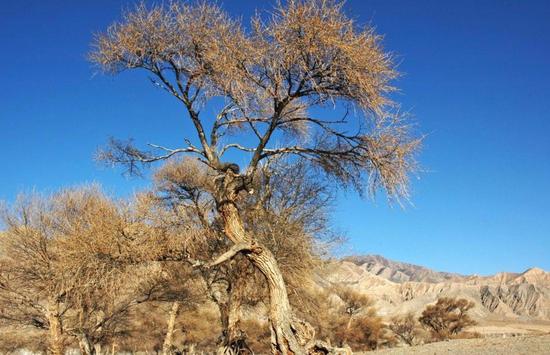
A Tamarix tree in Tongde county, Hainan Tibetan autonomous prefecture, Qinghai Province. (Photo/people.com.cn)
In a conservation effort, Qinghai Province plans to relocate a grove of a wild subspecies of Tamarix chinesis - commonly known as the red willow in China – that inhabits an area to be flooded after the construction of a hydropower station project in the Yellow River, the provincial forestry authority said at a news conference on Tuesday.
It said the grove, which consists of a subspecies of salt-tolerant Tamarix located in Ranguo village of Tongde county, Hainan Tibetan autonomous prefecture, has aesthetic value as well as conservation and research value.
"Although the Tamarix is widely distributed in China, those living in the Yellow River basin in Qinghai province have unique characteristics. First, they possess the appearance of trees, and the highest one in Rangou reaches 16.5 meters in height. Second, some of the trees fuse together."
It said, however, the Tamarix grove in Ranguo is not unique and can survive in suitable conditions in other places, citing a 2015 transplant trial in which all 25 Tamarix relocated to new habitats, took roots and survived in the next year.
In addition, due to the potential risk from muddy floods, experts suggest the relocation of the plants.
In November 2016, news reports about the relocation of the Tamarix trees in the Ranguo grove had drawn criticism about the government of Qinghai, as it was believed the move would probably kill the plants.
The "ancient Tamarix grove is unique and the world's largest example of the species grows here", Liu Mingting, an expert on Tamarix chinesis, was quoted as saying by thepaper.cn.
Following the criticism, the provincial government ordered a halt to the relocation and said in an announcement that irregularities were found in construction of the hydropower project.
In 2015, the project contractor Huanghe Hydropower Development Co Ltd was fined 200,000 yuan for failing to pass the environmental impact assessment before starting construction.
The provincial government then invited botanical experts from the Chinese Academies of Sciences and Chinese Academy of Forestry to conduct a survey on the Tamarix in Ranguo from Nov. 23 to 30.
The survey concluded that most of the Tamarix are aged 20 to 40 years old, with only two of them over 100 years old.
The Qinghai Forestry Department said that a protection plan for the Tamarix was drafted by a professional survey and planning agency under its commission.
And in April, an expert panel of six people reviewed the protection plan and stated that the relocation plan was drafted based on solid statistical evidence and was technically viable.
The department said the Tamarix in Renguo is not an endangered species under national protection, and covers an area of about 10 hectares, accounting for only 1.76 percent of the species' total area in the province.
"In terms of species diversity, the death of the Tamarix in Ranguo village will not cause a significant loss," said Zhang Qibing, a researcher with the Institute of Botany of the Chinese Academy of Sciences.










